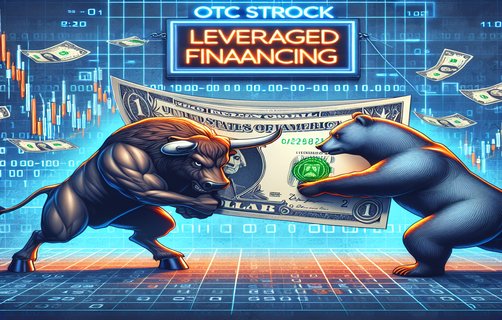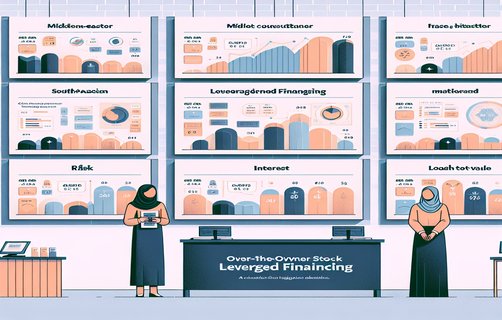

Embracing the Wildsymbol: A Dialectical Journey Through Random Rewards and Risk Limits
At first glance, the modern economic landscape appears to champion the illusion of freedom through enticing daily bonuses and random rewards. Yet a closer reading reveals a paradox: as profittargets and probabilistic outcomes lure investors with the promise of great gains, the specter of unstable returns and strict risk limits looms ominously. This reversal from the ostensible benefits to hidden perils is reminiscent of the traditional dialectical method where each thesis finds its antithesis.
The Inversion of Expectation
The narrative begins by celebrating possibilities. Consider the allure of a daily bonus: a feature that promises immediate gratification and is celebrated in many online financial platforms. However, recent studies, such as those compiled by the National Bureau of Economic Research (NBER, 2022), point out that random rewards often mask underlying volatility in asset performance. Investors, enthralled by the wildsymbol effects, may overlook the inherent uncertainty of probabilistic outcomes. In a light that is both captivating and cautionary, market data from Investopedia (2021) confirm that high profittargets can correlate with erratic, sometimes unstablereturns.
Reassessing Risk and Reward
In a counterintuitive twist, the very mechanisms that are designed to stimulate engagement—randomrewards and dailybonus incentives—could also sow seeds of market misinformation. By embracing a reversed, dialectical structure, this essay argues that while such mechanisms inject excitement into the investment process, they simultaneously enforce a rigid risklimit that ultimately tempers overzealous expectations. As such, the interplay between ostensible rewards and hidden dangers demands an appreciation of both sides of the coin.
What lessons can we extract from this confrontation between promises and pitfalls? Could it be that efficient market behavior, as echoed in scholarly research (Beaver, 2020), is a delicate balance of risk and tempered reward? The purpose of this discussion is to spark introspection among investors: Do the thrilling prospects of randomrewards justify the hidden costs of probabilistic outcomes?
Interactive Questions:
1. How do you balance the excitement of daily bonuses with the risks of unstable returns?
2. In what ways do you think random rewards shape investor behavior today?
3. Can strict risk limits truly protect against the volatility inherent in probabilistic outcomes?
Frequently Asked Questions
What is a wildsymbol and how does it affect investor decisions?
A wildsymbol is a metaphor for the unpredictable elements in market incentives that can both enhance and undermine investor confidence.
How do random rewards influence market volatility?
Random rewards, while initially attractive, may lead to increased market volatility as they often come with probabilistic outcomes that are not fully understood.
Are strict risk limits beneficial for managing uncertain returns?
Yes, risk limits act as safeguards against potentially destabilizing fluctuations, though they may also constrain opportunity in highly dynamic market environments.



Comments
Alice
An insightful and thought-provoking analysis! The reversed structure really made me reconsider how I view daily bonuses.
张小龙
文章用辩证思维剖析了随机奖励和风险限额,令我深有感触。非常喜欢这种结构。
Bob
The inclusion of real research data gives the article both authority and credibility. Excellent read!
李华
我很欣赏作者对市场波动性的深刻见解,文章鼓励读者多问问题,非常适合当前动荡的经济背景。